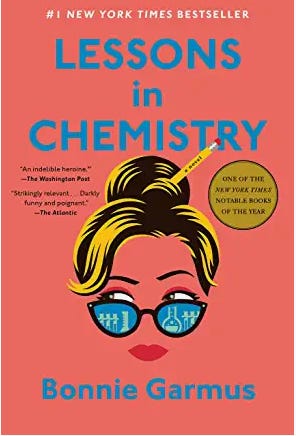No, LinkedIn did not list Employee Experience Manager as one of the most "in-demand" jobs, contrary to recent self-congratulatory social media posts by HR thought leaders.
(For example, this semi-viral post by a workplace strategist and speaker, award-winning author, and journalist.)
Here's the real low-down:
LinkedIn included Employee Experience Manager fifth on its list of fastest growing jobs over the last five years.
Fastest Growing and Most In-Demand Are Vastly Different Metrics
Imagine the number of ferris wheel testers skyrockets from 10 to 50. That'd be a 500% increase, way faster-growing than almost any job in tech, healthcare, service, finance, etc. But it's not the most in-demand, and it’s misleading to call it hot. Sure, thousands of freewheeling job applicants may want that job, but competition will be super stiff.
LinkedIn solves for extreme outliers like ferris wheel testers: "To be ranked, a job title needed to... have grown to a meaningful size by 2022."
As far as I can tell, the definition of "meaningful" is left to our imaginations. In its absence, we can draw no conclusions about demand for employee experience managers, except maybe that there's some more demand now than there was five years ago.
Most In-Demand
Elsewhere, LinkedIn does list the most in-demand jobs in Q4 2022:
Registered Nurse
Salesperson
Software Engineer
Driver
Retail Salesperson
Project Manager
DevOps Engineer
Warehouse Associate
Cashier
Customer Service Representative
These most in-demand jobs are about what we expect. Nothing as glamorous as Employee Experience Manager (which, by the way, is often a new title given to an old job).
We can't help but wonder how HR experts can be so out-of-touch with the work experience of everyday people that they convince themselves (and try to convince us) that Employee Experience Manager is one of the most in-demand jobs.
What I’m Reading
Lessons in Chemistry. I never thought I’d be reviewing a fiction bestseller, but here we are.
Lessons in Chemistry by Bonnie Garmus is a feminist love saga, but with something to say about the workplace. While Garmus presents post-WWII workplaces (in her main character’s case, a scientific research enterprise) as hotbeds of incompetence, gossip, bullying, lying, and hypocrisy, the overarching theme focuses on workplace harassment, assault, and rape of women; ubiquitous oppression; and ignorant stereotypes.
Garmus includes meaningful insights into her portrait of workplace hellscapes, here noting that bad management is a self-perpetuating legacy:
The only management style he knew was intimidation and manipulation; that’s how he’d always been managed. But she seemed to believe — god, she was so naive! — that employees were more productive when they felt respected.
Believe it or not, the novel is a light read — it’s mostly dialog. In fact, it reads so much like a script I’m convinced it will be made into a movie.
Find Lessons in Chemistry on Amazon, at one of these unionized bookstores, or your local library.
Also read: My blog post on the HES website, where I write about how employee wellness leaders can do well by embracing AI like ChatGPT. I include a real example of the popular bot’s advice about developing an employee sleep wellness program.






